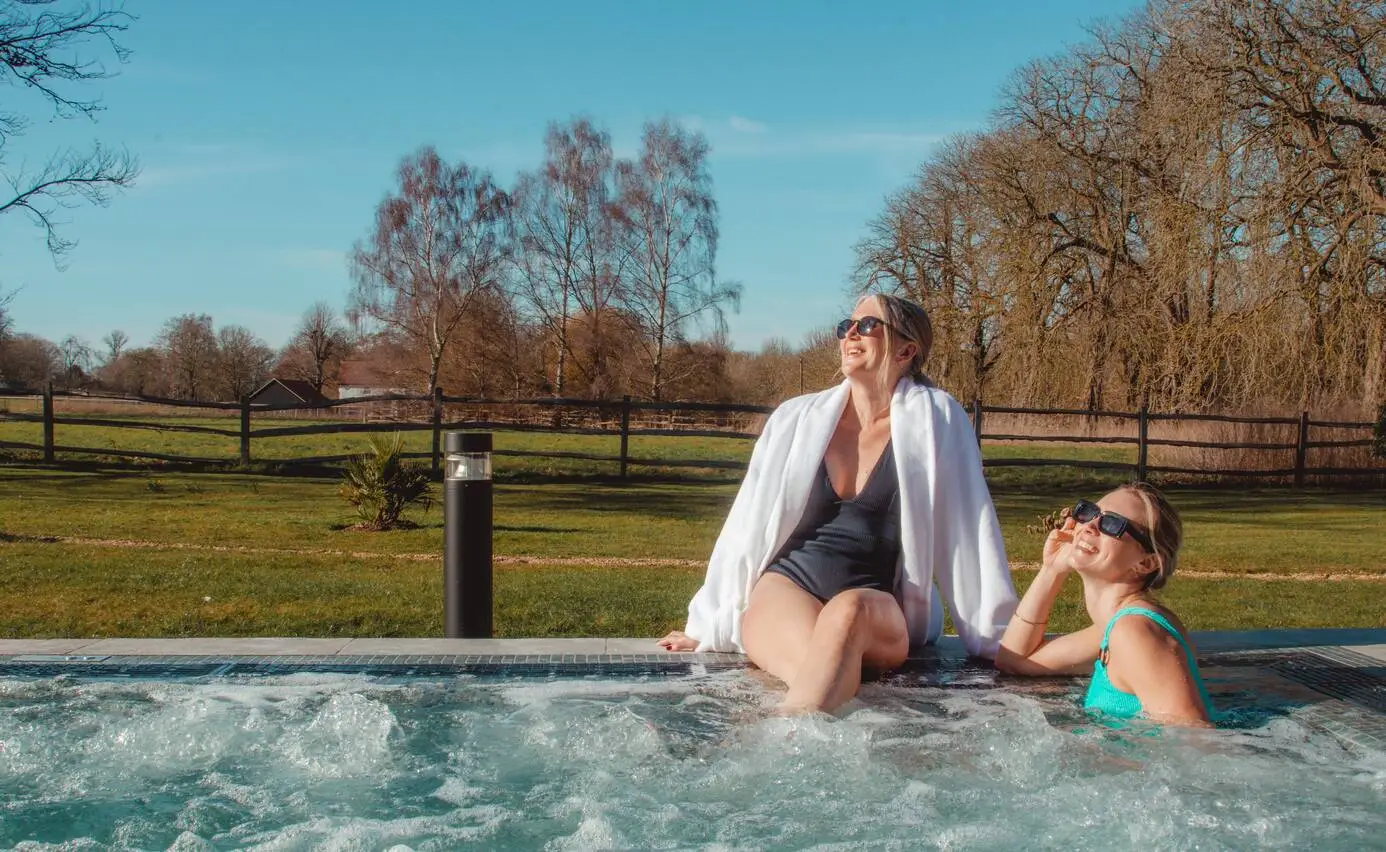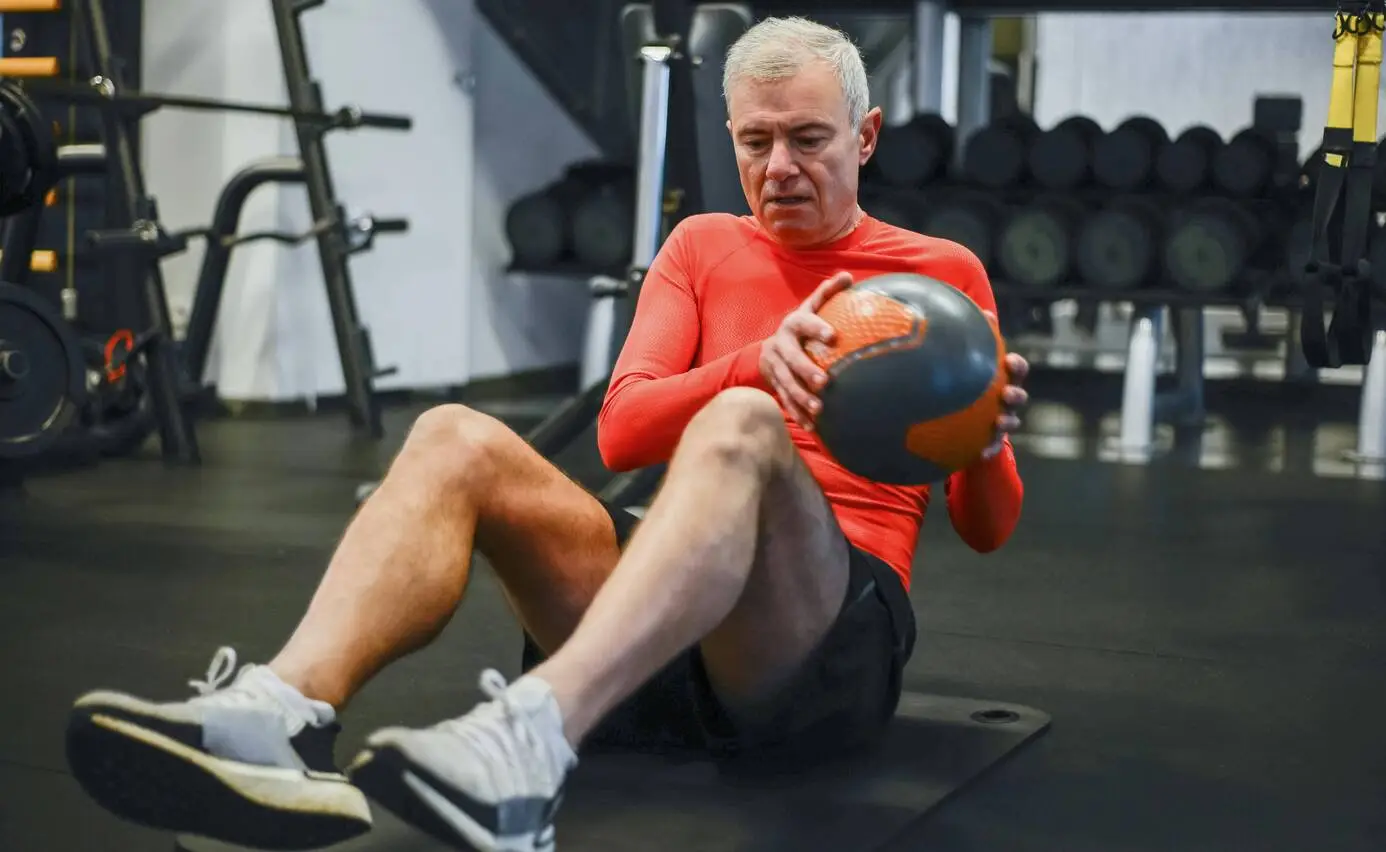The longest day of the year
What is the Summer Solstice and why is meditation practiced on the day?
The scientific definition of the longest day of the year is when a planet’s rotational axis, or geographic pole, on either its northern or southern hemisphere, is most inclined toward the star that it orbits. In Earth’s case, the Sun. On Midsummer (another term by which the Summer Solstice is known) Earth’s maximum tilt towards the sun will be 23.44 degrees.
For many, this day is about welcoming the summer, the season of light, peace and happiness, and it presents itself as the perfect time to celebrate these notions within themselves by practising meditation and mindfulness.
The summer solstice has long had significance for many religions, Christians mark it with the feast of St John the Baptist and it is also associated with the festival of Li, Chinese Goddess of Light. It is especially important in the Pagan faith as it mark the point in the year when The Goddess is at the height of her power and is, in their beliefs, a time of unity and fertility.
What is meditation and mindfulness?
Giovanni Dienstmann, a meditation teacher and coach for Live and Dare, describes it as an ancient practice, originally created for the benefits of spiritual growth. But these days it has been scientifically proven to have several benefits for health, performance, and psychological well-being.
He describes there being some 76 benefits of meditation including decreasing stress, reducing the risk of stroke and Alzheimer’s.
“Some of the 76 benefits of meditation are: decreases stress, reduces the risk of many diseases (like heart problems, stroke and Alzheimer’s), increases resilience against pain, gives you better focus and memory, strengthens the willpower, and helps manage many types of psychological suffering such as depression, anxiety, fear and other mood disorders.”
What are the different types of meditation?
There are many forms that can be practised and you’ll often find that participating in a mindfulness and meditation retreat is the best way to try the most common. However, two of our favourites are focused-attention meditation and secondly open-monitoring meditation.
It’s often hard to shut off from the day-to-day noise that we all experience and detox from the multitude of external sources and information we consume on a daily bases. So the team here at Champneys have put together our top tips for calming the mind, throwing out the brain clutter and becoming more self-aware through meditation.
Open Monitoring (Mindfulness)
Good for: Relaxation
Open monitoring meditation is a practice of observing without judgement and is a wonderful daily exercise in mindfulness.
Albert, a mindfulness coach at London Meditation, says this approach to meditation is the most well-known.
“With this, you let your mind wander freely, observe and are mindful of your experience.
(I started my contemplative pathway at a Benedictine monastery in Bavaria as a 17-year-old and it was called “silent prayer”.) Mindfulness roots can be found in nearly every tradition; not only in Buddhism!”
Focused attention
Good for: Concentration
Focused attention meditation requires a person to direct all their energy to a single sound or object which many find easier than achieving a completely clear mind. You can choose to focus on almost anything that involves the senses.
Talking about this popular approach, Albert from London Meditation, says, “This is focusing attention a specific object to enhance concentration and increase focus.
“The idea is to increase your ability to focus 100% on specific objects for longer and longer periods of time.”
Transcendental Meditation
Good for: Reducing stress and anxiety
Transcendental Meditation was introduced 50 years ago by Maharishi Mahesh Yogi and is taught in a highly standardised 4-lesson course at 60 teaching centres around the UK.
Talking about this simple approach, David Hughes from Transcendental Meditation, says, “The technique is easy to learn and effortless & pleasant to practice sitting comfortably with eyes closed, which helps people to make it part of their daily health routine.
“Two twenty minute sessions per day are recommended for maximum results. Benefits include reduces stress & anxiety, better health, increased longevity, greater intelligence, and a growing experience of inner peace and happiness. TM has been the subject of over 600 scientific studies, and is the only form of meditation recommended by the American Heart Association for reducing high blood pressure.
“Finally, researchers have found a mechanism of automatic self-transcending, where the mind effortlessly goes beyond mental activity to a state of silent, restful alertness. So far, this outcome is unique to Transcendental Meditation, and is characterised by a coherent, integrated brain activity in the alpha 1 frequency.”
Affirmation meditation
Good for: Kicking a habit
A combination of a clear headed state and vocal reinforcement, affirmation meditation is all about achieving your goals through a positive mind-set. Begin with an empty state of meditation and then chant your pre chosen affirmations for positive reinforcement
If you’re are looking to kick a habit over the summer, then you should consider trying affirmation meditation, according to the London Meditation’s Albert.
“Uses affirmations to get a particular type of thinking into your mind. When you are relaxed when meditating, your mind is more open to suggestion, making this the perfect way to encourage positive thinking or give you a little confidence boost. It even works for changing bad habits, like teeth grinding in your sleep!”
Zen meditation
Good for: De-stressing and learning to breathe properly
Zazen means seated meditation or seated Zen in Japanese, but this technique has its roots in Chinese Buddhism.
Albert, says, “Generally practiced seated on the floor with your legs crossed in lotus position, or on a chair, this meditation incorporates a focus of breathing and remaining in the present moment, so a mixture of concentration and mindfulness.”
Tips for meditating
Choose the right environment
You want somewhere comfortable, with enough space to sit or lie for a period of time. We advise that if this is new to you, you choose a quiet space to help you focus and concentrate, however a garden or a beach may work just as well.
Use a cushion to support yourself if needed or a blanket if it’s a bit chilly. Many spa break resorts have facilities set up for meditation and mindfulness and create the right environment for you to drift off into a peaceful state of mind.
Consider using something to cover the eyes
If sitting, you could use an eye mask, as long as it isn’t too tight and distracting, or if lying down why not try a cooling eye mask or slices of cucumber, which will give you the added benefit of a spa-like treatment.
Focus on the breath
It’s largely about breathing. Although no effort should be used to control your breath, you should be mindful on what breathing does to your body. How long does one breath take? How does your body move? If your mind wanders, bring it back to the breath.
Start small
When you are not used to meditating, sitting for long periods of time essentially breathing can seem a struggle. Start small with three to five minutes per session and build up.
Do it your way
A main aim of mindfulness and meditation is relaxation. You should not worry about not being able to focus constantly throughout your session and do everything correctly. With practice you’ll get there and reap all the benefits that can be had.
Where can I celebrate the summer solstice?
The summer solstice has been celebrated for centuries and is associated with ancient Celtic, druid and pagan festivals. Here we’ve listed some of the best places you can celebrate the event.
Stonehenge
The most famous landmark associated with the summer solstice is Stonehenge in Wiltshire.
Built 5,000 years ago, it is aligned with the midsummer sunrise and takes us back to a time when people were governed by the seasons.
Now around 20,000 people visit Stonehenge around the Summer Solstice to soak up the incredible atmosphere during this time of year.
Butser Ancient Farm
Speaking about why Butser Ancient Farm is a great place to visit during the summer solstice, Rachel Bingham, a creative developer at the farm, says, “The Summer Solstice is a wonderful time to visit Butser Ancient Farm, the days are at their longest and the farm is alive with birdsong and wildlife.
“The Summer Solstice and Midsummer have long been a traditional time for gathering together, lighting fires, feasting, collecting herbs and celebrating the longest day. The solstice would also be a time for reflection as the wheel of the year turns back towards the darker months. Spend some time sitting quietly by one of the crackling roundhouse fires at Butser and connect to the ancient power and balance of this special time of year.”
Other great places to celebrate the summer solstice
- Avebury – a stone circle that is bigger and older than Stonehenge.
- Orkney – The Scottish island is steeped in Celtic tradition with the likes of the Standing Stones of Stenness and the Ring of Brodgar popular attractions during this time of year.
The official start of summer doesn’t actually begin until Thursday 21st June, which is the date of this year’s Summer Solstice and marks the longest day of the year.
As the summer solstice is on the horizon, here at Champneys HQ we’ve taken a look at what it is, why it is important, where you can celebrate it and why meditation is practiced during this time of year.










